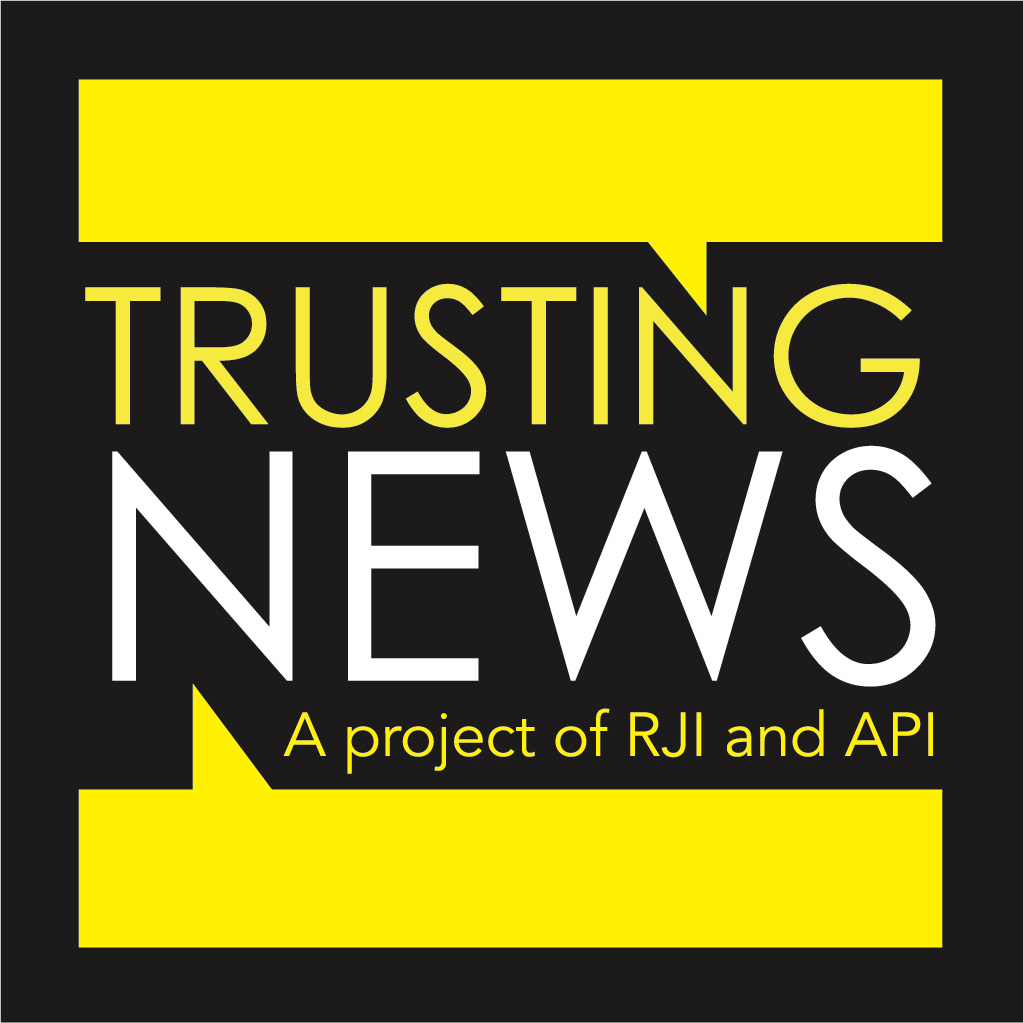The Reporters Guide to Covering the 2020 Election

Curated by American Press Institute, Data & Society, Election SOS, First Draft, Hearken, National Task Force on Election Crises, PEN America, Protect Democracy, Trusting News
As American voters cast their ballots and wait for results this election season, the media has a unique and powerful role to play in providing clear, consistent, and accurate information. This election season is an unprecedented one, taking place amid a pandemic that will affect the process of voting for many Americans and which will surely affect the timeline for tabulation of results. All the while, we are suffering from a deluge of mis- and disinformation, with the potential to fuel discord and depress voter turnout. We need accurate and accessible information for voters around the country—to safeguard their right to vote, to ensure a fair and safe election, and to prepare the country for what to expect. This Reporters Guide is intended to be a shortform distillation of the most critical reporting elements for those covering the election.
Part I: As You Craft Stories
Meet voters where they are: As you craft stories, remember that this is a period of heightened emotions, and readers may not be in the habit of critical reading. They may skim headlines, they may use social media as their primary pathway for information and news, and they will not likely be fact-checking the information they consume. This means that you must do the heavy lifting to bring readers clear, concise, and credible content. From thinking carefully about how the headline and lede portion of your story might be all that readers digest to the possibility that your article might be the only one voters read about the electoral process, make sure you’re meeting voters where they are with information they can use.
Don’t wait to cover certain stories: You can set reader and voter expectations now about what to expect on Election Day and beyond. For example, roughly 52 percent of voters already expect to have an officially certified winner of the presidential election within three days of the election, yet we may not know the results of the presidential race for days or weeks following Election Day. Don’t wait to report on those details until Election Day or election night. Now is the time for stories about the electoral process and what voters can anticipate.
Part II: In Your Reporting
Focus on the process of voting: Whether it’s the mechanics of how to confirm one’s mail-in ballot has been received, or the timeline for early voting in your state, it is essential to explain the basics of voting processes in your reporting. In an election like no other, journalists can play a powerful role in helping voters understand how to vote and know where to quickly turn for information about the process of voting. Assume your readers need to hear the basics, and explain in simple terms. Cite credible, nonpartisan websites where readers can go for more information, such as your state’s election board website or the National Association of Secretaries of States’s website. Seek out and feature trusted sources in your coverage, such as local election officials—who carry high trust levels for the public and can be powerful emissaries of the message to maintain patience in the election process. Repeat resources in your coverage as often as possible.
Debunk misinformation for readers: We already know some of the leading conspiracy theories and pieces of disinformation flooding voters’ newsfeeds (see the Brennan Center’s report, Dirty Tricks: 9 Falsehoods that Could Undermine the 2020 Election). Take time to review the trending falsehoods: That’s the kind of stuff reporters should be able to quickly debunk for readers while taking care about how you describe those falsehoods in your reporting. Take time to debunk misinformation for readers in every relevant story, providing facts and context to accompany any misleading content you feature. If you’re using visual examples of misinformation, watermark images to make clear they are false and to prevent manipulation from bad actors.
Report denominators: Focus on reporting aspects of the vote count that are public. Cover election integrity and potential civil unrest with the same caution: Report the denominator to give people a sense of scale, i.e., are incidents taking place in 3 out of 10 polling sites or 3 out of 10,000? When covering isolated incidents—whether they are about one-off election errors or civic engagement demonstrations in a given city—be clear whether or not they seem indicative of larger trends. Be explicit, and repeatedly use denominators for readers to understand the scale of any given issue being reported.
Part III: Be a Trusted Resource in Your Community
Use social media thoughtfully: Many voters use social media as their primary pathway to information, and they may be following you as a trusted source. In the days surrounding the election, use social media thoughtfully to boost credible information. When you do share, share things like this video about the role of the AP in counting ballots, to help your followers understand the process. You may also take this opportunity to push out messages to help people understand that patience can be patriotic as election officials do their jobs counting ballots. However you choose to engage your followers, remember that you have the power to help inform how others respond to this anxiety-filled period. When a piece of content is retweeted or amplified by a journalist associated with a major news outlet, then like it or not, the imprimatur of credibility that that media organization enjoys can elevate and legitimize the information, whether it has been reported or verified by that outlet or not.
Ask readers what they want and need: If you have an engagement team or a social media presence, pose questions to readers about what they find confusing about voting or Election Day and its aftermath. If time or resource constraints don’t allow for questioning, seek out FAQs from other local news organizations to see what questions are being asked and answered. If Election Day becomes election week or month, there will be a continued need to engage audiences well into November. Understand the needs of your community beyond your typical audiences, and find ways to include the voices of community leaders to draw audiences in. Misinformation can evolve and fester even after you’ve debunked stories in your reporting. This is especially true for people who speak a language other than English or may be receiving information via alternative platforms like WhatsApp. Couple your reporting with repetitive messaging on common issues raised by readers.
Additional Resources
- American Press Institute, Providing nuanced information to voters; Covering the gears of democracy
- Data & Society, Ethics and Reporting Practices for COVID-19; Who Benefits from Health Misinformation?
- Election Coverage and Democracy Network, Recommendations for Media Covering 2020 U.S. Presidential Election
- Election SOS, Scenario Planning Guide
- First Draft, Responsible Reporting in an Age of Information Disorder
- National Task Force on Election Crises, Covering the Election Before, During, and After Nov. 3
- PEN America, Guide to COVID-19 Disinformation; Guide to Combating Protest Disinformation
- Trusting News, SMS course and video on explaining the credibility of your election coverage
- UltraViolet, Reporting in an Era of Disinformation: Fairness Guide for Covering Women and People of Color in Politics
Want to know what PEN America is all about? This election season, we’re helping voters know what to expect. Check out our events, resources, and trusted partners. #WhatToExpect2020













